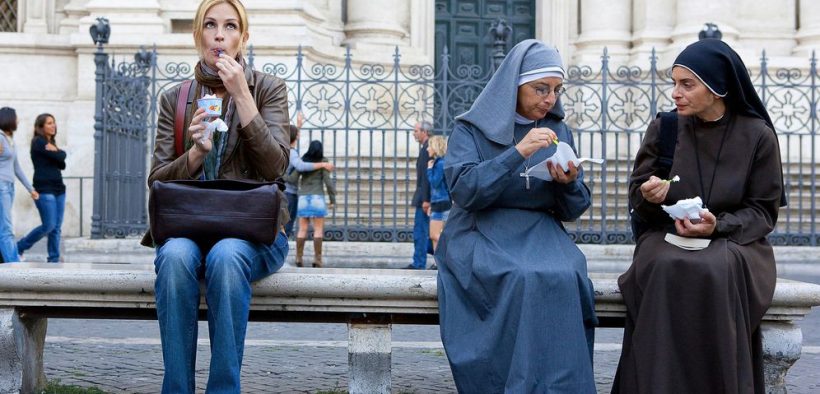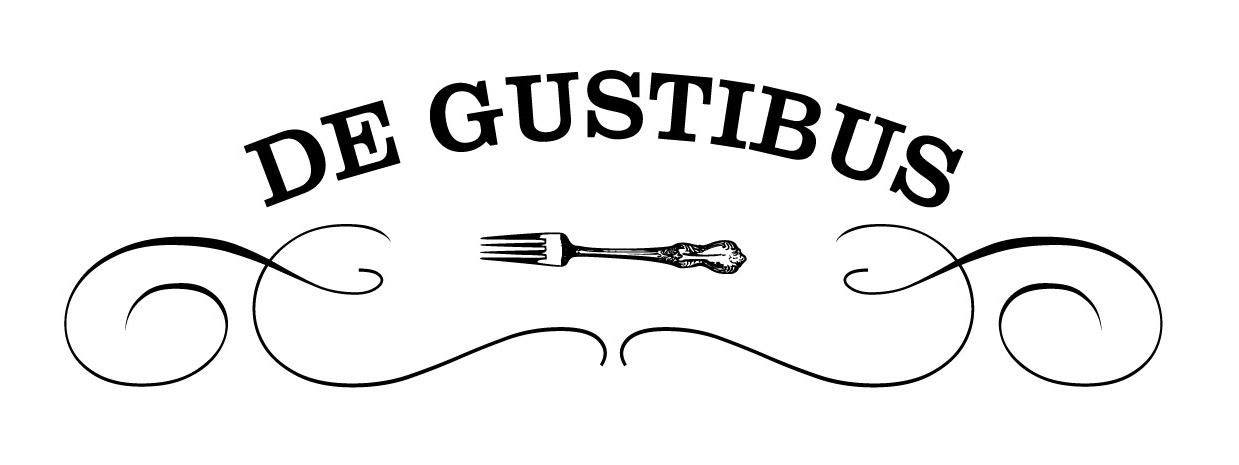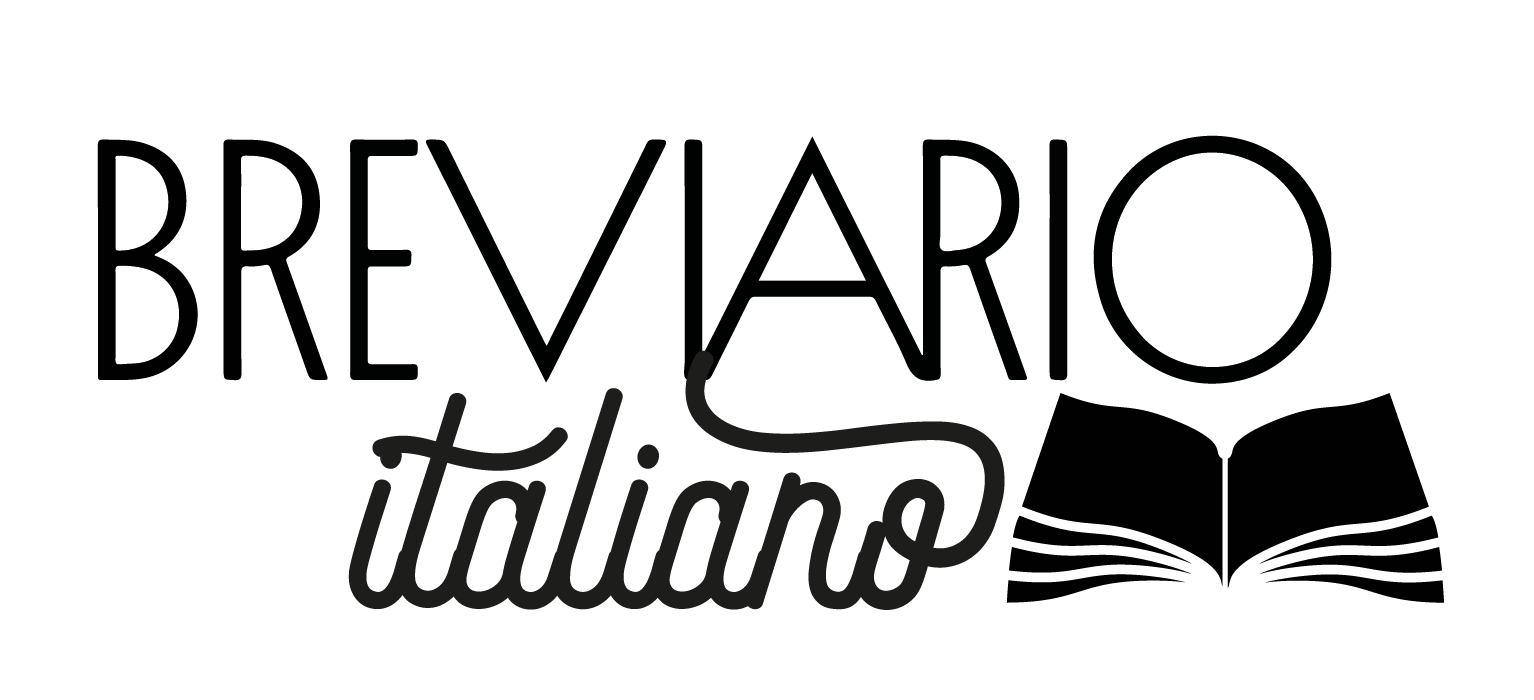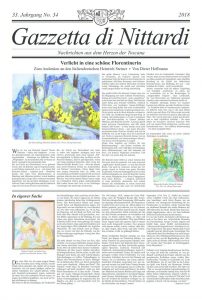On the Beauty of the Italian Language – Giuseppe Patota
Share

In Thomas Mann’s novel Confessions of Felix Krull, Confidence Man: The Early Years, when the protagonist of the book is asked by a hotel director whether he can speak Italian, the author lets him answer directly in Italian, not in German: “Ma Signore, che cosa mi domanda. Son veramente innamorato di questa bellissima lingua, la più bella del mondo. … Per me non c’è dubbio che gli angeli nel cielo parlano italiano.” (“But, Sir, what a question. I’m in love with this wonderful language, the most beautiful in the world. […] For me, there is no doubt that the angels in the heavens speak Italian.”)
A statement like that may be permissible for an artist such as Mann, but not for a linguist, who should know that languages are inherently neither beautiful nor ugly: they simply are, and basta. Nevertheless, it is undeniable that within the intellectual circles of the world, an association has always existed between Italian and beauty.
As the great German Italianist Harro Stammerjohann has documented, however, at least since the Renaissance non-Italians have described the Italian language as “harmonious, delicate, sweet, elegant, fluid, noble, pleasant, graceful, smooth, melodic, pleasurable, seductive”. To mention an example from contemporary literature – admittedly one not of the quality of that by Thomas Mann – the colossal success of the bestseller Eat, Pray, Love by Elizabeth Gilbert is noteworthy. Many people will have seen the film version of the book starring Julia Roberts in the lead role. In regard to her Italian course taken in Rome, she says: “The interesting thing about my Italian class is that nobody really needs to be there. There are twelve of us studying together, of all ages, from all over the world, and everybody has come to Rome for the same reason – to study Italian just because they feel like it. Not one of us can identify a single practical reason for being here. Nobody’s boss has said to anyone, ‘It is vital that you learn to speak Italian in order for us to conduct our business overseas.’ Everybody, even the uptight German engineer, shares what I thought was my own personal motive: we all want to speak Italian because we love the way it makes us feel. A sad-faced Russian woman tells us she’s treating herself to Italian lessons because ‘I think I deserve something beautiful.'”
The “beauty” of the Italian language is not hidden in some mysterious property, but is directly related to history: it is the language that has conveyed an immense, extraordinary culture. One of the oldest cornerstones of Italian literature is St. Francis of Assisi’s Canticle of the Sun, from 1224. One of the first verse proclaims, “Laudato si’, mi Signore, cum tucte le Tue creature” (“Be praised, my Lord, through all Your creatures”).
The Canticle of the Sun is not just a poetic text with a religious theme, like so many other texts that preceded it, but rather a true prayer in verse: a paean to God for the beauty and usefulness of His creatures, as well as for suffering, disease and death, all of which are likewise expression and proof of His love. The sun, the stars, the fire are works of God that Saint Francis always describes with the same adjective: beautiful.
Nearly eight hundred years later, the Pope, who chose to assume the same name as the Saint, issued an encyclical with a title containing the two first words of the Saint’s poetic orison: Laudato si’.
This encyclical was officially released to the world by the Roman Catholic Church not in Latin, as is the case with the approximately 300 other papal encyclicals printed to date since 1740, but in Italian. In it, the word “beautiful” appears a total of 29 times, notably more frequently than in any other previous encyclical. Could it be a coincidence? Personally, I do not think so; just like I do not take it as random chance that Pietro Bembo (1470-1547), author of the most important Italian grammar book of all time, was also a great friend of the Renaissance master, Raffaello Sanzio. A friend to the point of writing the painter’s epitaph, which is carved on his tomb in the magnificent Pantheon of Rome. Translated from the Latin – “Ille hic est Raphael timuit quo sospite vinci rerum magra parens et moriente mori” – the distich reads, “Here lies that famous Raphael by whom nature feared to be conquered while he lived, and when he was dying, feared herself to die.”
No language is more beautiful than another. But surely hearing, speaking, reading, writing and learning the language of Dante invites immersion into places and times replete with art and history: which is probably the reason why the Italian language, in the eyes and ears of many (if not all), is considered more beautiful than other languages.












Follow us